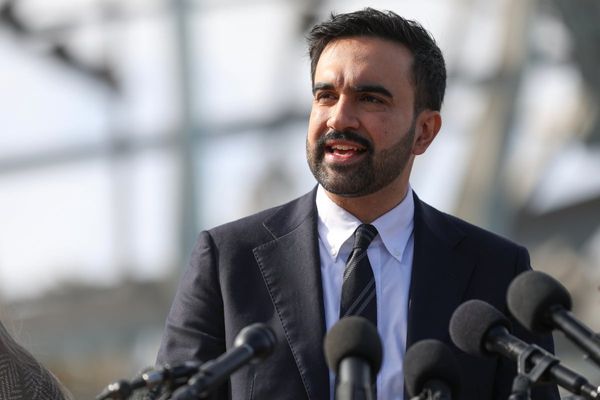
"If it bleeds it leads" is an old media adage that usually puts negative stories at the top of the day's headlines.
But regional Australian audiences want coverage of their local culture, achievements and resilience to take priority as they experience "news fatigue", research has found.
A survey of almost 8000 people has shown regional news consumers have higher levels of trust in local outlets than the national or international media.
However, audiences are concerned about an apparent decline in the quality and quantity of local news and want constructive stories that offer solutions to community issues.

"News fatigue and avoidance driven by negative reporting is pervasive among news audiences," said the Engaged Journalism in the Heartland report, by researchers from the University of Canberra and RMIT University.
"Participants expressed a strong desire for more positive and constructive storytelling.
"This does not mean that people want to avoid hard news, but they would like it to be presented alongside stories that highlight progress, success or community spirit."
News consumers were concerned that important local matters were behind paywalls, while coverage of the environment, cost-of-living pressures, culture and community events was lacking.
Audiences trust local journalists because they understand and care about the community they live and work in, lead author Sora Park said.
Those reporters are in a good position to re-engage audiences with human-centred stories, rather than crime and sport.
"Locals can read about crime and sport on social media but turn to media outlets to learn about issues that matter to them and their community," said Professor Park, from the University of Canberra.
"Boosting coverage of culture and community issues instead of relying on crime and sport would improve diversity and representation in news coverage."
Outlets could better connect with audiences by hosting events outside the newsroom, encouraging community content contributions and improving visual elements like photos, videos and illustrations.







